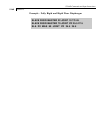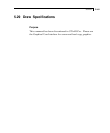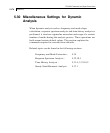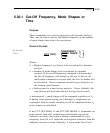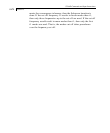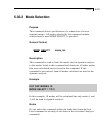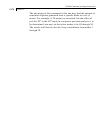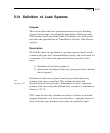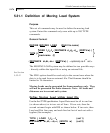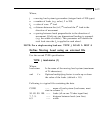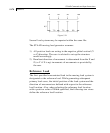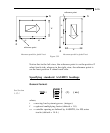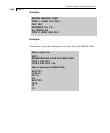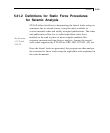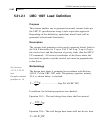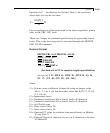
STAAD Commands and Input Instructions
Section 5
5-176
5.31.1 Definition of Moving Load System
Purpose
This set of commands may be used to define the moving load
system. Enter this command only once with up to 200 TYPE
commands.
General format:
DEF
INE MOVING LOAD (FILE file-name)
⎧LOAD f
1
,f
2
,.f
n
( DISTANCE d
1
,d
2
,..d
n-1
(WIDTH w) ) ⎫
TYP
E j ⎨ ⎬
⎩
load-name (f)
⎭
( DIS
TANCE d
1
,d
2
,..d
n-1
(WIDTH w) ) < optionally as 2
nd
set >
The MOVING LOAD system may be defined in two possible ways
- directly within the input file or using an external file.
See Section
5.32.12
The FILE option should be used only in the second case when the
data is to be read from an external file. The filename should be
limited to 24 characters.
Moving Loads can be generated for frame members only. They
will not be generated for finite elements. Note: All loads and
distances are in current unit system.
Define Moving Load within input file
Use the first TYPE specification. Input Data must be all in one line
(as shown above) or in two sets of lines. If two sets, then the
second set must begin with DIS as shown below. If two sets, then
Load and Dist lines may end each line but last of each set with a
hyphen (See example).
TYPE j LOAD f
1
,f
2
,...f
n
(set 1)
DIS
TANCE d
1
,d
2
,…d
(n-1)
(WIDTH w) (set 2)



